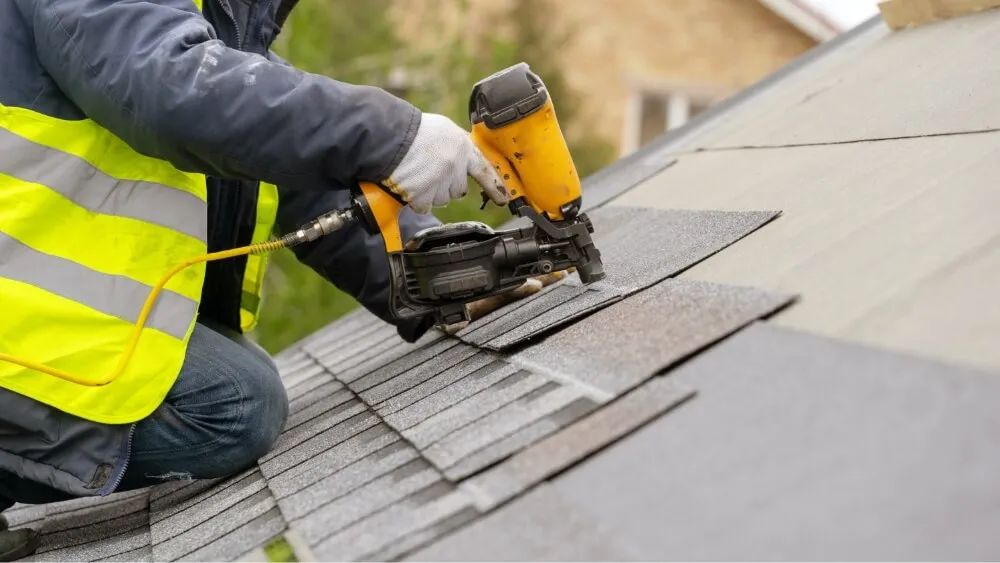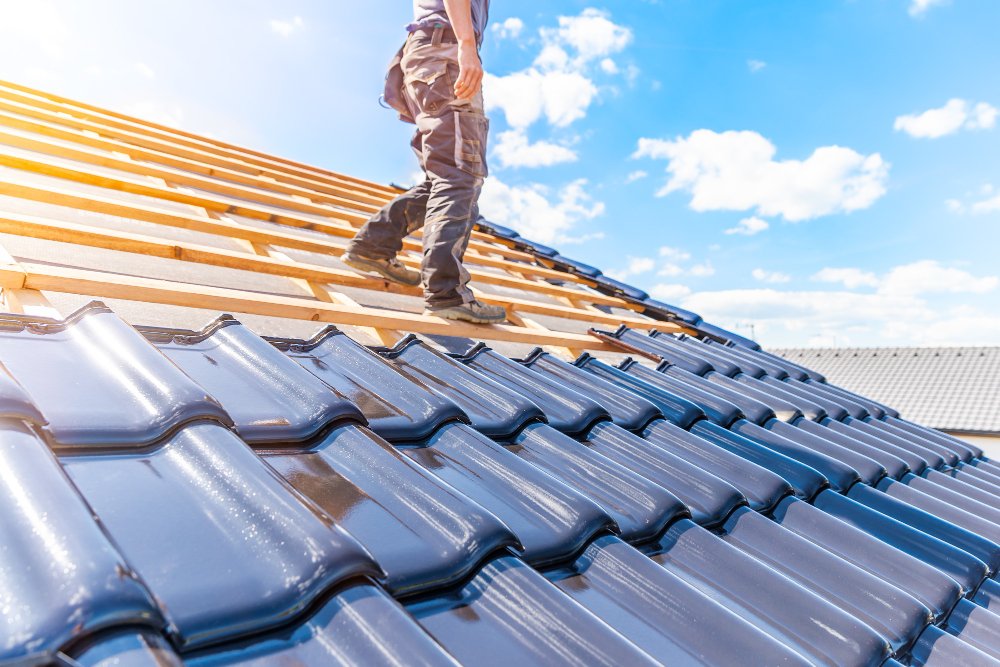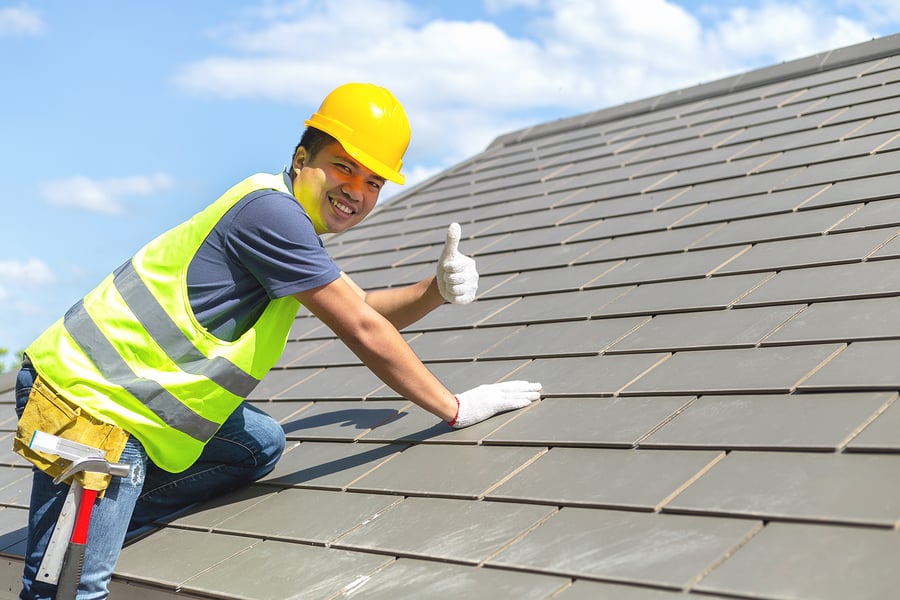Just How to Examine Various Roofing Choices for Your Building Requirements
Reviewing roof covering choices for your structure requires a comprehensive approach that takes into consideration numerous variables such as the meant use of the framework, neighborhood climate problems, and product attributes - Perrysburg Roofer. It is necessary to weigh the advantages and downsides of various roof types, from asphalt tiles to steel and clay floor tiles, while also factoring in initial costs and long-lasting maintenance.
Examining Your Building's Demands
To effectively assess roofing alternatives, begin by extensively analyzing your building's needs. Begin by thinking about the structure's meant use, as various structures might demand varying roofing requirements. Household roofings usually prioritize appearances and insulation, while industrial buildings might focus on resilience and load-bearing capability.
Next, assess the neighborhood climate conditions that will certainly influence roof covering efficiency. Factors such as temperature fluctuations, precipitation levels, and wind patterns can influence material choice and design. A roof that stands out in a warm environment may not carry out also in areas susceptible to heavy snowfall or extreme warmth.
Additionally, analyze the structural integrity of your building. Make certain that the existing framework can sustain the chosen roofing products, specifically if considering larger options. It is also essential to evaluate any type of regional building regulations or policies that may dictate specific demands for roofing systems.

Comparing Roof Covering Products
As soon as a thorough analysis of your building's needs has been finished, the following step involves comparing various roofing products. Each product uses distinctive benefits and disadvantages, making it important to align your option with your specific requirements and situations.
Asphalt shingles are widely identified for their cost and convenience of setup, making them a popular option for domestic buildings. On the other hand, steel roof covering, understood for its sturdiness and longevity, can stand up to severe climate condition but might include a greater preliminary investment.
Clay and concrete floor tiles give superb thermal insulation and aesthetic appeal, specifically for Mediterranean-style style, yet they require an even more robust architectural assistance as a result of their weight. Timber trembles offer an all-natural look and great insulation buildings but might demand more upkeep and are vulnerable to fire hazards.
Reviewing Expense and Spending Plan
Examining your roof covering choices necessitates a cautious assessment of cost and spending plan factors to consider. The overall budget plan for a roof covering project consists of several factors, consisting of material prices, labor expenses, maintenance, and possible long-term cost savings. It is crucial to establish a clear budget plan before exploring specific roofing materials, as this will direct the decision-making procedure and help you prevent overspending.
Begin by acquiring quotes from several service providers to understand labor prices in your region. Make sure that these estimates consist of all required solutions, such as elimination of the old roofing, see post installation, and any additional functions, like insulation or air flow renovations - Roofing Contractor. Next, examine the price of numerous roof covering products, thinking about both preliminary setup prices and anticipated life-span

Comprehending Power Effectiveness
Energy performance plays a vital function in the choice of roof covering products and systems, significantly affecting both energy usage and overall comfort within a structure. A well-chosen roofing system can improve thermal efficiency, minimizing the need for home heating and cooling systems, which in turn decreases energy expenses and decreases ecological influence.
When examining roof covering options, think about products that mirror instead than take in warm. Light-colored or reflective roof products can substantially decrease roof surface area temperature levels, bring about reduced power use throughout warm months. In addition, proper insulation and ventilation are vital to maximize the power performance of the whole roofing system. Insulation prevents heat transfer, while ventilation alleviates warm buildup in the attic space.
Another crucial element is the roofing system's long life and maintenance needs. Long lasting materials that call for less frequent substitute add to lasting energy financial savings. Moreover, the energy performance of a roofing system can additionally be evaluated via its compliance with established sustainability rankings such as ENERGY CELEBRITY or LEED.
Considering Visual Charm
A roof's visual appeal dramatically influences the overall look of a structure, complementing its building design and improving aesthetic appeal. Sylvania Roofing Contractor. When examining roof options, it is vital to consider just how the picked product, color, and layout will integrate with the existing framework and community. A properly designed roof covering can raise also the most basic of structures, transforming them Discover More into visual focal factors
Various roof covering materials provide different visual top qualities. Conventional roof shingles might stimulate a traditional beauty, while steel roof covering can present a modern, sleek look. In addition, the shade of the roofing material plays a crucial function; lighter tones can make a building show up even more roomy, while darker tones might create a cozier atmosphere.
Additionally, architectural elements, such as dormers and eaves, can improve the roof covering's visual impact. It is a good idea to seek advice from with specialist developers or engineers to ensure the selected roof covering alternative straightens with the total design intent. Eventually, a roof covering needs to not only offer functional advantages yet likewise contribute favorably to the building's aesthetic, mirroring the proprietor's taste and the personality of the surrounding setting.
Final thought
